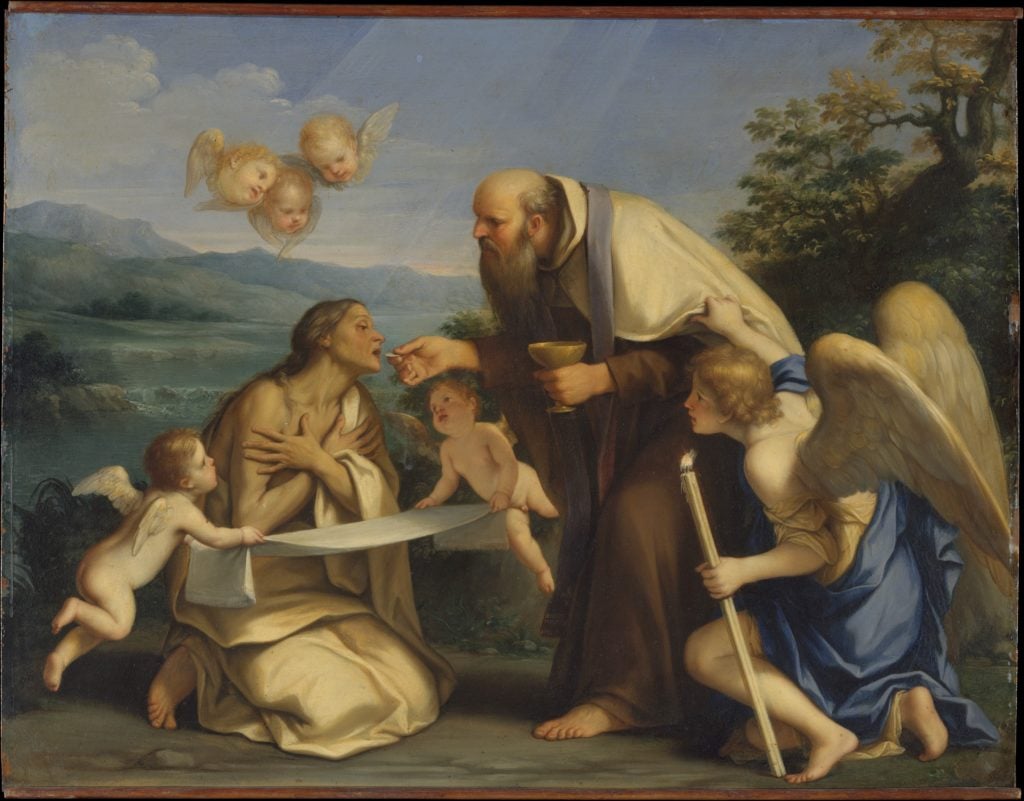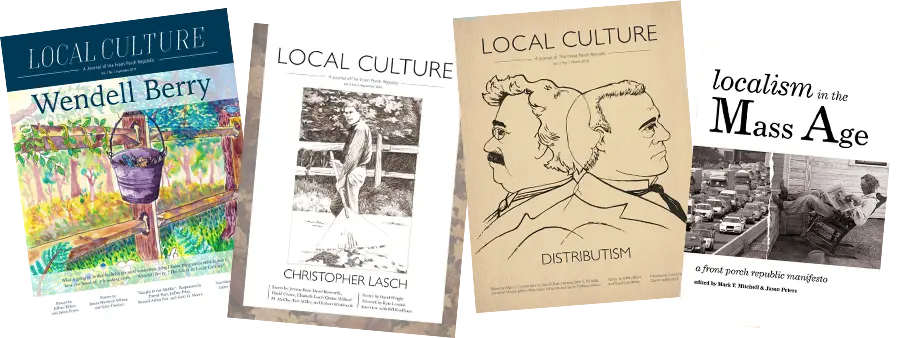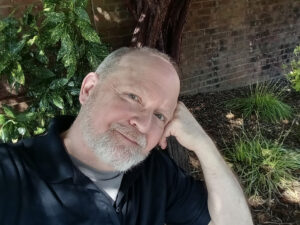I sit with my daughter, Jess, as the sun rises. In the predawn calm beside her grave, I watch spiders spin glorious webs between nearby trees. Various insects investigate my presence. Most quickly turn away at a whiff of my repellent, but not the beetles. If I am still, I spot them feeding. One or two may crawl onto my boots. They usually disappear by mid-morning, but with the sun’s rising, they are tranquil companions.
In ancient Egypt, scarabs were thought to be the harbingers of universal harmony. They emerge at dawn and fly to heaven in the same way that our souls leave our bodies at death. They return each day, as the sun appears and reappears, as the souls of our loved ones live on through eternity.
Beetles were named kheper, meaning to become, to be, to exist. Khepera, the scarab deity, was revealed through the ascending sun, a symbol of regeneration and rejuvenation. This is why heart scarabs of gold and precious stone were interred with the deceased, placed on the breast as amulets of power beyond all others.
Jess knew where she wanted to be buried. In the fall of 2014, she and her mother visited the Ramsey Creek nature preserve in South Carolina. Spotting the graves there, she said that this is where she hoped to rest. A few months later my daughter was dead from an overdose. She was twenty-six.
“I’ll die young, Dad,” Jess often informed me in matter-of-fact tones. From an early age, she knew her life would be short. Sometimes I didn’t reply; others, I insisted this was not the case. What stunned me then, as it does now, was her pragmatic assurance.
Jess’s prescient words register in my mind and deeper, in my secret heart, but before her death their reality seemed distant and confusing. Now I face them each day. Questions of eternity are no longer ethereal or esoteric. They matter. When I came across this poem inscribed in the Theban tomb of Neferhotep, I was shocked by a sense of recognition, heartbreak, and hope:
I've heard songs from tombs of our ancestors "celebrating life" and ignoring our afterlife. Why do we treat eternity so? Our loved ones have been there since the beginning and will remain, for all must go: our time on earth is a dream. Yet when we reach that distant land, we are greeted with the words, "Welcome, safe at last!"
The ancient Egyptians would have understood Jess’s practical approach. They saw death as a perfectly normal manifestation of life and prepared for their ends accordingly, albeit in extravagant ways. Modern readers might dismiss such preoccupations, but it occurs to me that our views may be equally skewed in the opposite direction.
To the ancients, death was our common heritage, an integral part of life. Pretending it did not exist was naive. “The day of our death is unknown to us,” wrote Egyptian scribe Ani some 3,500 years ago. “Death comes, to steal the child from a mother’s arms, just as it comes for the elderly.” They believed that death was a transition from the joys and admitted miseries of this life to a new existence of peace and fulfillment.
A much later poet, King David, expressed a similar view when he asked God to “teach us to count our days, so that we will become wise.” Counting our days is not an act of despair nor is it an act of resignation. David was echoing the ancients when he urged us to experience joy fully in this life as we will enjoy it far more in the next.
“The Egyptian way of death is comprehensible on the basis of a few simple assumptions,” suggests Egyptologist Barbara Mertz, perhaps best known as the author of the Amelia Peabody series under her pseudonym Elizabeth Peters. The first assumption is that an aspect of our essence survives physical death; the second, that how we treat the body of the deceased matters. “But we also find a unifying theme,” Mertz observes. “The desire for survival in some, perhaps any, form.”
Egyptians had as many euphemisms for death as modern Americans. “He has joined his father the sun,” for example, or “she mingles now with the gods,” and in a land dependent on the Nile, the poignant expression, “the final mooring.” Perhaps the most common Egyptian expression equals our own culture’s emphasis on eternal peace: “final rest from life.”
The ancient Egyptian view of the soul was as simple—and as complex—as our own. When a body is created at birth, a person’s ka is also created: invisible, spiritual, as much life force as individual personality. After death, the ba, or essence of the deceased, also comes into existence. The difference is a question of timing: the ka accompanies the living, whereas the ba only exists after death. During the funerary rituals, the ka and ba unite into the akh, the closest approximation to our concept of an immortal soul. In the akh, a new soul is born, combining both the old life (ka) and the new (ba), to continue on into eternity.
Such terms do not follow a simple mathematical precision, of course. Just as we vaguely refer to such words as spirit, essence, life force, and soul, so too did the ancient Egyptians flail about to express the ineffable. “Beneath their extravagance,” Mertz concludes, they displayed “a common human terror and a common hope.”
Names for the afterlife were equally plentiful and spoke with promise of a better existence: Peaceful Paths of the West; Field of Fulfillment; Eternal Land. The east, west and underworld (duat) were all mentioned as realms of the dead. Paradise was known as the Field of Reeds. The north, lit by circumpolar stars that do not set, was considered remote, ethereal, and endless. Wherever the soul ends up, it was thought, it would spend eternity in a place “beautiful and just, free of trouble,” where the dead will be reunited with their families in joy and love.
Death had a name in ancient Egypt: “Come!” In many poems this imperative verb is used as a pronoun, calling our demise simply The Day of Come. A prayer from the reign of Ramesses II exclaims, “‘Come!’ will be heard when I enter the presence of the righteous.”
The tomb of Ramesses’s beloved wife, Nefertari, is one of the most impressive edifices of Egypt. But the scale of her grave does not resonate with me. Instead, I pause at her grieving mate’s devotion, the care taken with each carving and painting. Nothing was done in haste. A little over 2,100 years ago, another deceased woman spoke to her husband from the grave in this poignant tomb inscription:
Let me face a north wind on the bank of the Nile; there my grief will cool. Death—"Come!" is its name—calls whom it will and each must answer.
Modern poets echo this age-old wisdom. “Death is a drum,” writes Langston Hughes, “Calling life to come!” Egyptians knew grief: emptiness at the passing of a spouse; rending pain when losing a child. Yet they saw life and death as interwoven and inseparable. This pragmatic view is not as foreign as it may seem. It persists in an old Gregorian chant that is now part of 21st-century burial services: “In the midst of life we are in death; to whom may we turn but you, Lord?”
The ancients believed that death permeates our lives. “The tomb served life, not death,” observes Egyptologist Jan Assmann. This was a source of surprising hope. Egyptian verse is rich with admonitions to enjoy our loved ones while time remains in anticipation of a greater day of reunion in death. “Listen, death matters little,” wrote Hordjedef, the son of Pharaoh Khufu, nearly 5,000 years ago. “Listen, life matters a great deal to us; the house of death counts as life.”
Ancient mourners believed that their loved ones needed a heart at the time of judgment. Corpses lack this vital organ, so a scarab amulet—about three inches in length—was placed on the throat, over the heart, or within the chest of the dead. Some pieces were crafted with astonishing beauty.
We have similar traditions today.
I worked at a funeral home for years. The bereaved frequently asked that we place a cross around the neck of their loved one. Rosaries, bibles and precious mementos were also included in the coffins. Grandparents were often buried with photos of their grandchildren; the very young, with beloved toys. Usually the dead were dressed in carefully-selected clothes: Sunday best or favored outfits—including cowboy boots or flannel shirts. After the funeral, cemetery visitors continued to leave precious keepsakes along with flowers. Seeing such gentle gestures, the words of Washington Irving are brought home in a way I had not understood before: “The love which survives the tomb is one of the noblest attributes of the soul.”
I have my own custom in the nature preserve where Jess rests. I scour the gullies and the creek bed for a rock. I have no idea which stone will suit me that day. In this quiet search, my aloneness invites openness to the world around me. Once I find a stone that seems just right, I place it alongside Jess’s grave. Its contours may lack the elegance of a heart scarab, but for me its natural beauty lies in this ritual that I share with my daughter. She has quite a collection at this point.
As the sun rises over the Nile or my daughter’s grave, it occurs to me that the ancient Egyptians may have been onto something. Jess lives on, her soul soars to heaven, yet she returns each day, as close as a whispered web or a patient beetle on my boots.
Since Jess passed my awareness of death is the opposite of morbid. I find solace in the knowledge that physical dissolution is not the end; that our loved ones are mindful of us and looking out for us. “And all along the valley, by rock and cave and tree,” writes Tennyson. “The voice of the dead was a living voice to me.”
When I visit Jess’s grave in the Ramsey Creek nature preserve, I do not enter a place of death. The earth there is precious to me, as tombs have been sacred to mourners for millennia. When I run my fingers over her gravestone or place my hands on the rich soil, I am reminded of her life on this earth and her continued life in eternity. “Come!” I hear her call. “Welcome, safe at last.”
Image Credit: Marcantonio Franceschini, “The Last Communion of Saint Mary of Egypt” (1680) via Picryl






2 comments
Deborah Marie Harvey
Excellent!!
Roni Johnson
Beautifully written.
Comments are closed.